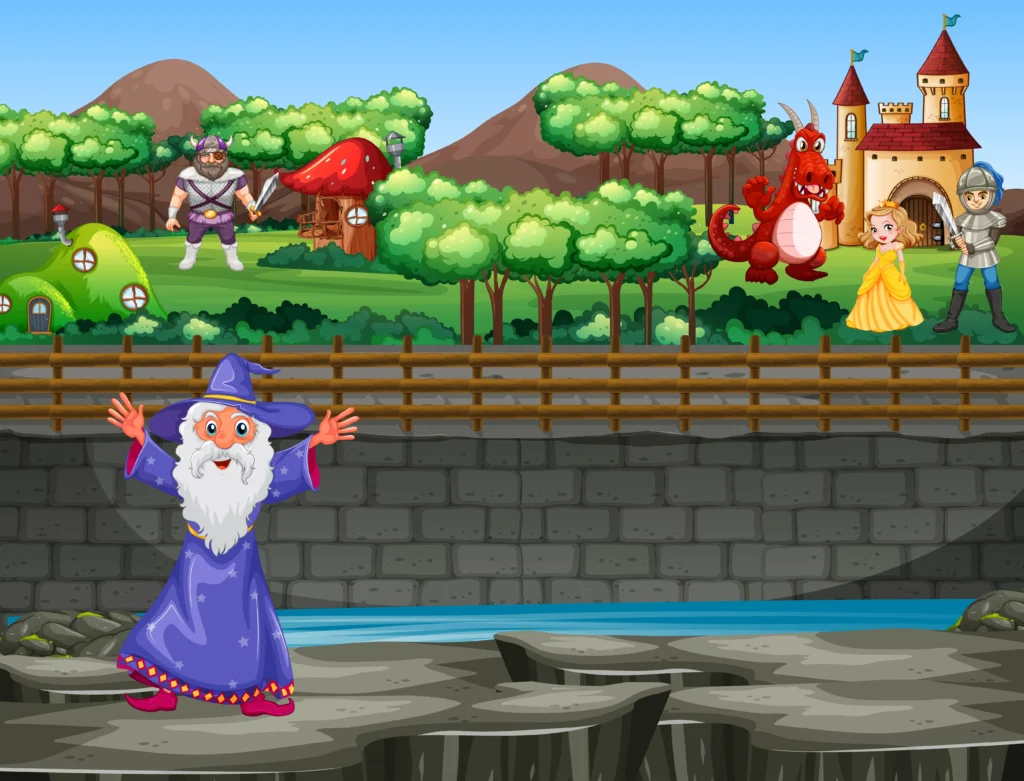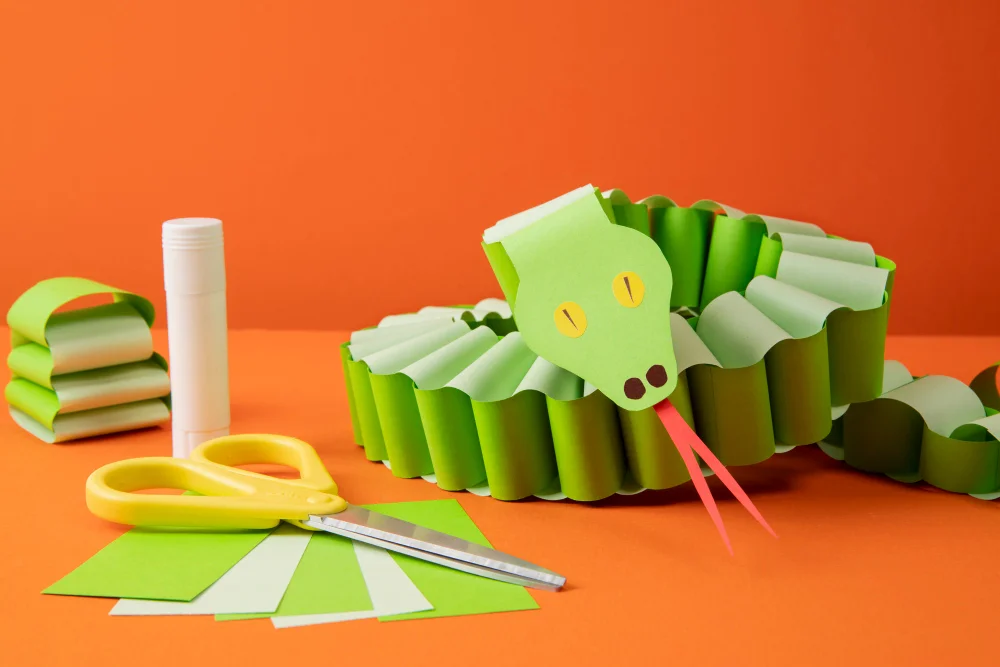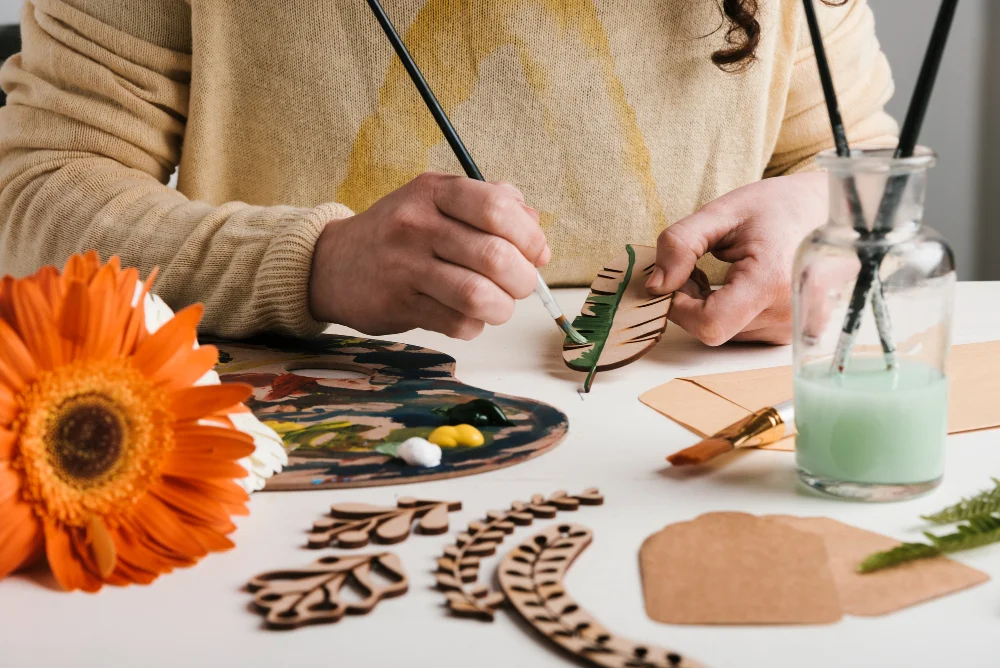Riddles related to maths have always intrigued curious minds. They combine logic, problem-solving, and creativity in a single playful challenge. Instead of solving repetitive equations, math riddles make numbers exciting, turning learning into a fun mental adventure.
Whether you are a student, teacher, or puzzle enthusiast, these riddles train your brain to think more deeply. In this article, you’ll explore what math riddles are, why they’re powerful, how to design them, and how they can make math both entertaining and educational. You’ll also find many unique examples and practical tips for creating your own riddles.
Why Maths Riddles Matter in Learning
Maths riddles matter in learning because they transform problem-solving into a fun and engaging experience. Instead of memorizing formulas, students use logical thinking and creativity to find answers. This boosts their confidence and helps them understand mathematical concepts more deeply.
By solving riddles, learners become active participants rather than passive listeners. Moreover, riddles related to maths encourage critical thinking and patience, two essential skills for lifelong learning.
They train the brain to analyze problems from different perspectives and develop persistence when facing challenges. In classrooms or at home, these riddles make maths enjoyable, promote teamwork, and spark curiosity in young minds.
How to Design Your Own Math Riddles

Creating riddles related to maths is easier than it seems. The goal is to make the solver think, not just calculate. Start by identifying the mathematical idea you want to explore: addition, subtraction, geometry, percentages, or logic. Then, craft a short and meaningful story around it.
Imagine two friends sharing money, trains crossing tunnels, or apples being divided unevenly. Once the story feels realistic, build explicit constraints (e.g., “A is twice B,” or “the sum equals 60”). Finally, make sure the riddle has exactly one correct solution and uses simple, precise wording.
Checklist for designing math riddles:
- Choose a core mathematical idea (fractions, ratios, geometry, etc.)
- Create a short story or scenario to support it
- Add logical conditions that lead to one correct answer
- Avoid complex numbers or confusing sentences
- Test your riddle with different people before publishing
- Adjust the difficulty to start easy, then move to advanced levels
This approach ensures that your riddles are enjoyable, fair, and educational at the same time.
Sample Maths Riddles with Hints and Solutions
Math riddles don’t just test your knowledge, they train your reasoning. They make you visualize problems, test possibilities, and eliminate wrong paths. That process strengthens intuition and mental flexibility.
Here are some interesting examples of riddles related to maths that challenge logic and number sense:
- Riddle 1: A number plus its half, minus 20, equals 40. What is the number?
Hint: Let the number be x → x + (x/2) – 20 = 40.
Solution: (3x/2) = 60 → x = 40. - Riddle 2: Three friends share $120. The first takes 10 more than the second, and the second takes 5 more than the third. How much did each get?
Hint: Let third = y, second = y + 5, first = y + 15.
Solution: y + (y + 5) + (y + 15) = 120 → 3y = 100 → y = 33.3 (adjust for integers). - Riddle 3: You have 30 colored balls, red, green, and blue. The number of red is twice the green, and blue is green plus five. How many green balls are there?
Hint: Let green = g → red = 2g, blue = g + 5.
Solution: 2g + g + (g + 5) = 30 → 4g = 25 → g = 6.25 (adjust to whole numbers by changing total).
These examples show that even simple problems can become tricky when wrapped in creative wording.
Common Mistakes and How to Avoid Them

Designing or solving riddles related to maths requires precision and clarity to avoid confusion. Even a small mistake in wording or numbers can change the whole logic of the puzzle. Always make sure the conditions are clearly stated and that there is only one valid solution.
This helps learners focus on understanding the concept rather than struggling with unclear instructions. A well-structured riddle promotes logical reasoning and strengthens mathematical understanding. Another common mistake is creating riddles that depend only on wordplay instead of mathematical logic.
The real purpose of math riddles is to develop problem-solving skills, not to trick the solver with confusing language. Focus on creating riddles that challenge the brain while staying accurate and engaging. Use real-life scenarios or relatable contexts to make the riddles more meaningful.
Advanced Riddles Related to Maths (For Experts)
Once learners get comfortable with basic math riddles, you can introduce complex ones involving algebra, geometry, or reasoning. These riddles help build advanced problem-solving skills while keeping the fun alive.
Try these advanced examples:
- Riddle 1: A, B, and C are three people. A + B = 100, B + C = 90, A + C = 110. What are their ages?
Solution: Add all → 2(A + B + C) = 300 → A + B + C = 150. From A + B = 100 → C = 50. From B + C = 90 → B = 40. From A + C = 110 → A = 60. - Riddle 2: Using eight 8’s, make exactly 1,000.
Solution: 888 + 88 + 8 + 8 + 8 = 1,000. - Riddle 3: A train 200 m long enters a tunnel 300 m long at 100 m/min. How long until it completely exits?
Solution: It must travel 200 m (its length) + 300 m (tunnel) = 500 m → 500 ÷ 100 = 5 minutes. - Riddle 4: A 3-digit number has its tens digit four times its ones digit. The hundreds digit is three less than the tens digit. What number is it?
Solution: Ones = 2 → tens = 8 → hundreds = 5 → number = 582.
These riddles are not only fun but also push you to use logic and algebraic reasoning together.
Why Teachers and Bloggers Should Use Riddles Related to Maths
Maths riddles are powerful tools that teachers and bloggers can use to make learning more engaging and interactive. They turn abstract concepts into relatable problems that students or readers actually enjoy solving.
Whether used in classrooms or online blogs, riddles related to maths can simplify complex ideas, spark curiosity, and encourage active participation. By blending entertainment with education, they help learners build a positive connection with mathematics and think more creatively.
Boosts Student Engagement
When teachers introduce riddles in lessons, students become more interested and eager to participate. The playful format encourages them to think beyond textbooks and approach problems with curiosity. This not only keeps their attention but also strengthens memory retention and analytical skills.
Increases Blog Readership
For bloggers, using maths riddles adds uniqueness and value to their content. Readers stay longer on the page, trying to solve the puzzles, which improves engagement rates and SEO performance. Educational riddles attract both students and curious adults, creating a loyal audience who return for more mind-stimulating challenges.
Encourages Collaborative Learning
Math riddles often promote teamwork, especially in classrooms or online learning groups. Students discuss, debate, and share ideas to find the right answer. This collaboration builds communication skills and deepens their understanding of mathematical logic.
Improves Critical Thinking Skills
By solving riddles related to maths, learners develop the habit of analyzing problems step by step. Each puzzle trains the mind to identify patterns, make connections, and think logically under pressure. Teachers and bloggers can use this method to help learners move from rote learning to accurate conceptual understanding.
The Psychology Behind Solving Riddles

When you solve a math riddle, your brain releases dopamine, the same chemical that makes you feel rewarded after success. That’s why riddles are so addictive! They keep learners motivated and excited to explore more.
Moreover, solving riddles teaches patience, focus, and creativity. You learn to test multiple paths, identify mistakes, and finally arrive at the answer with satisfaction. Over time, this improves cognitive flexibility the ability to think in multiple directions instead of one.
Math riddles aren’t just academic exercises; they are mental workouts that build long-term intelligence.
Tips for Writing Perfect Riddles Related to Maths
Creating perfect riddles related to maths requires a blend of creativity, clarity, and logic. A good math riddle should be fun to read, easy to understand, yet challenging enough to make the solver think deeply. It must strike a balance between storytelling and accurate mathematical reasoning. Whether you’re a teacher trying to make lessons engaging or a blogger writing for an audience, designing effective math riddles takes thoughtful planning and precision.
Valuable Tips for Writing Perfect Riddles Related to Maths
-
Start with a clear mathematical concept or topic, such as geometry, numbers, or algebra.
-
Keep the language simple and avoid unnecessary complexity or word tricks.
-
Add a short story or scenario to make the riddle more relatable and interesting.
-
Make sure the solution follows logical steps and has only one correct answer.
-
Test your riddle on others to check if it’s understandable and solvable.
-
Use humour or clever twists to make it memorable and fun to solve.
-
Align the difficulty level with your target audience: easy for beginners, tricky for advanced learners.
Conclusion: Riddles Related to Maths
Riddles related to maths turn complex theories into simple joys. They remind us that mathematics isn’t only about formulas and results, it’s about curiosity, creativity, and connection. Whether you’re designing riddles for students or sharing them on a blog, these puzzles create an exciting learning journey.
By practicing and inventing new riddles, learners improve logic, memory, and mental agility. So, start your journey today, think beyond textbooks, play with numbers, and let every equation tell a clever story.





